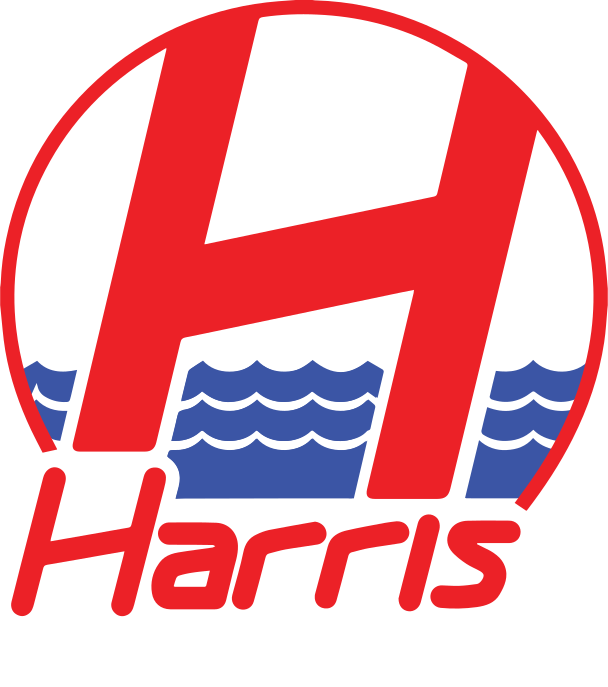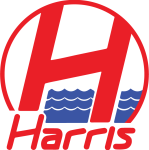Brooklyn, Queens, Manhattan and The Bronx water supply systems are one of the most extensive city water systems in the world. The system runs on tunnels, reservoirs and aqueducts which serve over 8 million NYC residents on a daily basis. Mostly due to NYC water basins, New York’s water purification process is way more manageable than other cities in the US. One huge advantage of the NYC sewer systems is that the majority of it flows on gravity however; there is a small percentage that does call for a pump to maintain additional pressure.
New York City has had to restrict all growth and development of land on its water basins as the DEP (New York City of Environmental Protection) has purchased or has an easement on over 70,000 acres for almost 20 years.
Who is Responsible for the NYC Waste and Water Supply System?
The responsibility for the NYC water supply system is controlled by three separate organizations:
- The DEP operates and maintains the system on a daily basis and is responsible for any future planning
- The Municipal Water Finance Authority raises debt in the market to finance the system
- The Water Board establishes rates and manages user payments
Information on the NYC DEP, Municipal Water Authority and Water Board
The DEP has over 5,500 employees and is in charge of the upstate water supply system, the city’s water operations, sewer operations and wastewater management.
The Bureau of Water Supply controls the operations of the upstate water supply as well as protecting the system to guarantee that they are delivering high quality drinking water. They are also responsible for the management of all provisions dealing with the watershed protection program.
The NYC Municipal Water Finance Authority backs the financial needs of the NYC sewer and water systems; most of this takes place through bonds and commercial paper. The Authority is administrated by seven individuals who make up their Board of Directors.
The New York City Water Board establishes the NYC sewer and water rates based on the quarterly cost of operating the system as well as collecting the customers payments for services they provide.
Additional Information Dealing with NYC and the Environment
Courtesy of Wikipedia, the free encyclopedia
New York’s population density has environmental benefits and dangers. It facilitates the highest mass transit use in the United States, but also concentrates pollution. Gasoline consumption in the city is at the rate the national average was in the 1920s,[1] and greenhouse gas emissions are a fraction of the national average, at 7.1 metric tons per person per year, below San Francisco, at 11.2 metric tons, and the national average, at 24.5 metric tons.[2] New York City accounts for only 1% of United States greenhouse gas emissions while housing 2.7% of its population.[2] In September 2012, New York was named the #1 “America’s Dirtiest City,” by a Travel+Leisure readership survey that rated the environmental quality of 35 prominent cities in the United States.
Population Density
Environmental concerns in the city involve managing the city’s extraordinary population density. Mass transit use is the highest in the nation and gasoline consumption in the city is at the rate the national average was in the 1920s.[1] New York City’s dense population and low automobile dependence help make New York among the most energy efficient in the United States.[3] The city’s greenhouse gas emission levels are relatively low when measured per capita, at 7.1 metric tons per person, below San Francisco, at 11.2 metric tons, and the national average, at 24.5.[2] New Yorkers are collectively responsible for one percent of the nation’s total greenhouse gas emissions,[2] though comprise 2.7% of the nation’s population. The average New Yorker consumes less than half the electricity used by a resident of San Francisco and nearly one-quarter the electricity consumed by a resident of Dallas.[4]
Concentrated pollution in New York City leads to high incidence of asthma and other respiratory conditions among the city’s residents.[5] In recent years the city has focused on reducing its environmental impact. The city government is required to purchase only the most energy-efficient equipment for use in city offices and public housing.[6] New York has the largest clean air diesel-hybrid and compressed natural gas bus fleet in the country, and some of the first hybrid taxis.[7] The city is also a leader in the construction of energy-efficient green office buildings, including the Hearst Tower among others.[8]
New York City is supplied with drinking water by the protected Catskill Mountains watershed.[9] As a result of the watershed’s integrity and undisturbed natural water filtration process, New York is one of only five major cities in the United States with drinking water pure enough not to require purification by water treatment plants.[10][11]
Energy Efficiency
The city’s unique density, encouraged by much of it being surrounded by water, facilitates the highest rate of mass transit use in the United States. New York is one of the most energy efficient cities in the United States as a result. Gasoline consumption in New York is at the rate the national average was in the 1920s.[15] The city’s mass transit system, multifamily housing, mixed neighborhoods and the fact that greenfield land is no longer available to development, make building in New York very energy efficient. New York City has a larger population than all but eleven states, and consumes less energy per-capita than any.[16] The average New Yorker consumes less than half of the electricity of someone who lives in San Francisco and nearly one-quarter the electricity consumed by someone who lives in Dallas.[17]
Nevertheless, New York faces growing energy demands and limited space. The city has introduced a series of environmental policies since the 1990s to address these problems. Detailed measures include switching more than 11,000 traffic lights and “Don’t Walk” signals in the city to new energy-efficient light-emitting diodes that use 90% less energy than conventional fixtures. The city will also replace 149,000 “cobra head” street lights with new energy efficient designs by 2008. Over 180,000 inefficient refrigerators in public housing projects have been replaced with new ones that use a quarter of the power of the old ones. By law, the city government can purchase only the most efficient cars, air-conditioners and copy machines.[18] The electricity used to power the Statue of Liberty, Ellis Island and 22 other federal buildings in New York City, an annual electricity demand of roughly 27 million kilowatt hours, is provided by wind power.[19]
New York City is home to several clean energy projects. Two attempts to provide electricity to Roosevelt Island by installing underwater turbines in the East River failed when the turbine blades were torn off by currents. An improved turbine design proved to be successful and on 23 January 2012 FERC issed a 10-year pilot commercial license to Verdant Power’s RITE Project – the first commercial license for tidal power in the US. Under the license, Verdant Power expects to generate up to 1 megawatt after a staged installation of up to 30 turbines. Planning is also underway to construct windmills on a hill in the former Fresh Kills Landfill. The wind energy project would power 5,000 homes on Staten Island.[




















